When working with pottery, understanding the nuances of kiln firing temperatures is essential, especially as they pertain to cone 5 temperature in Fahrenheit, which generally lies between 2,118°F and 2,205°F depending on the kiln’s heating rate…
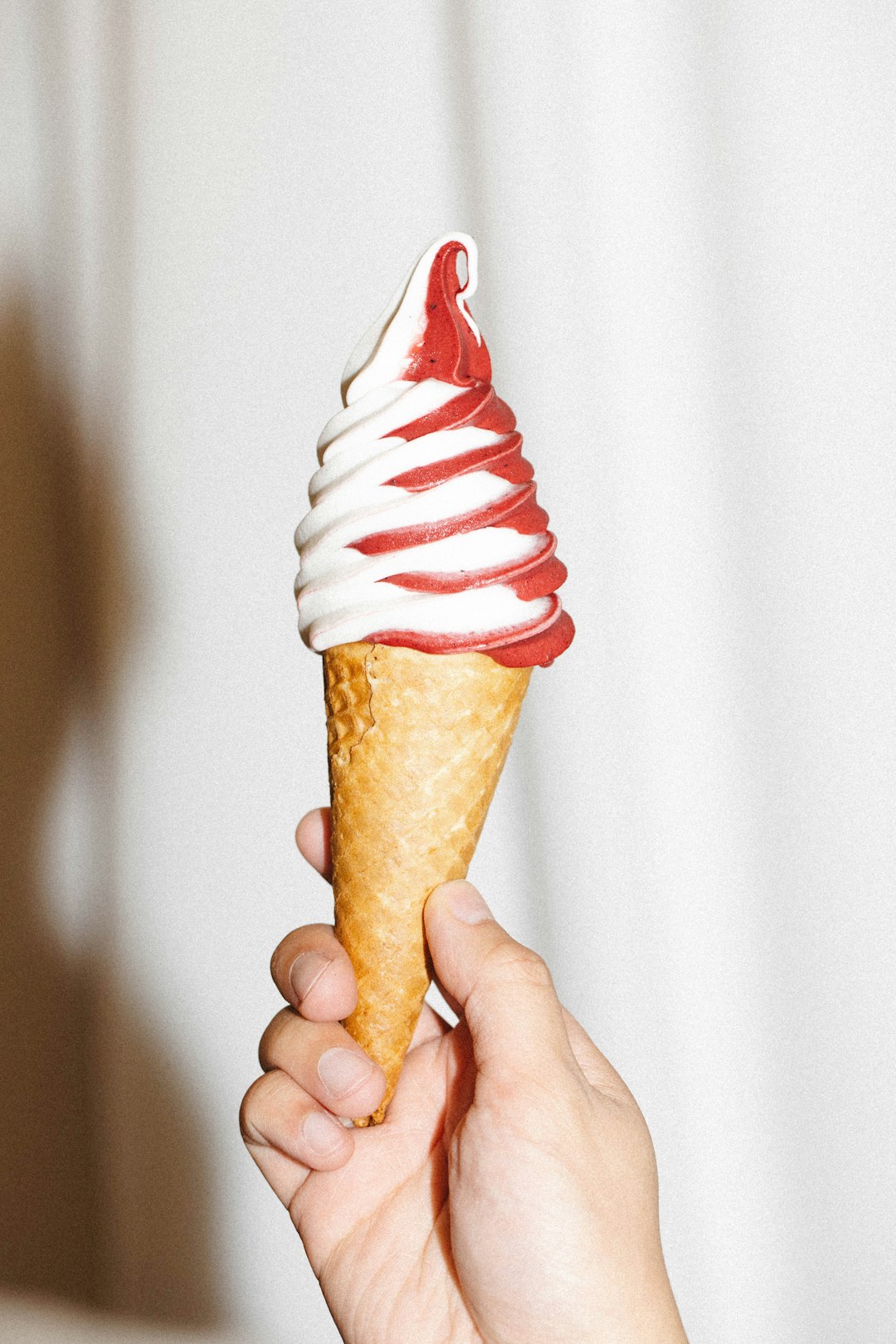
This mid-range firing temperature is favored for its balance between sufficient heatwork and manageable energy consumption, perfect for achieving durable and beautifully glazed ceramic pieces…
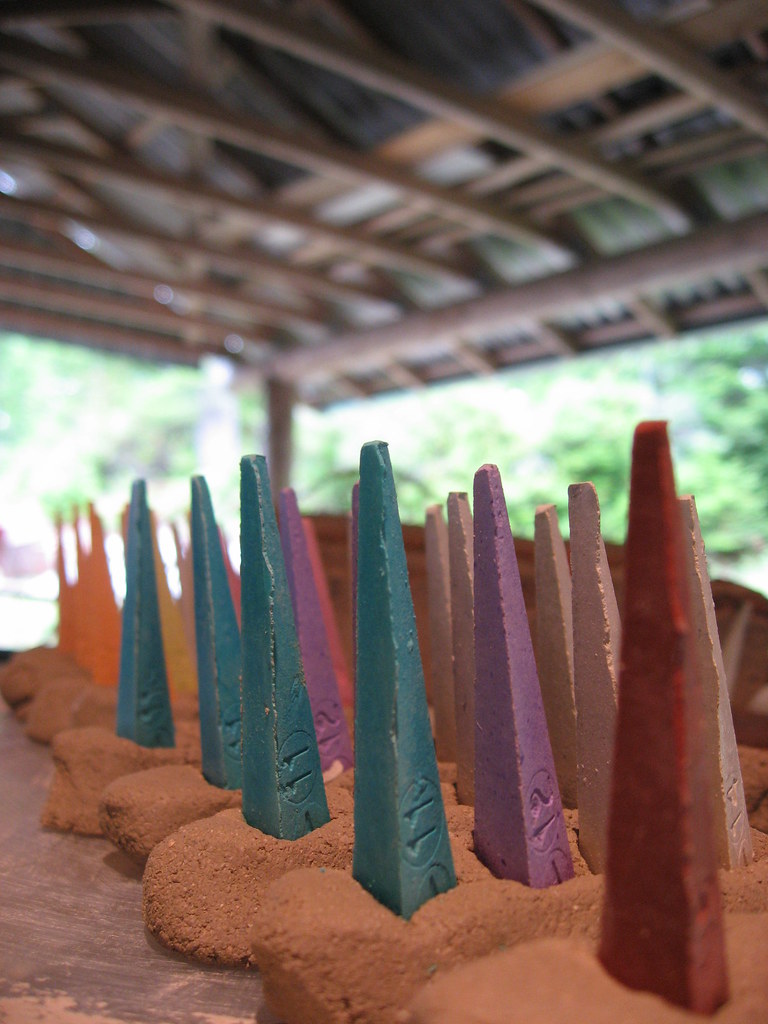
In this realm, Orton cones are invaluable tools, providing precise control over kiln temperatures to ensure optimal results…
The following table highlights the specific temperature ranges for cone 5 in Fahrenheit across various ramp rates:
| Ramp Rate (°F/Hour) | Temperature (°F) |
|---|---|
| 27°F/Hour | 2118°F |
| 108°F/Hour | 2167°F |
| 270°F/Hour | 2205°F |
Why Understanding Kiln Firing Temperatures Matters
Diving into pottery, the art of turning plain clay into stunning ceramics relies heavily on understanding kiln firing temperatures…
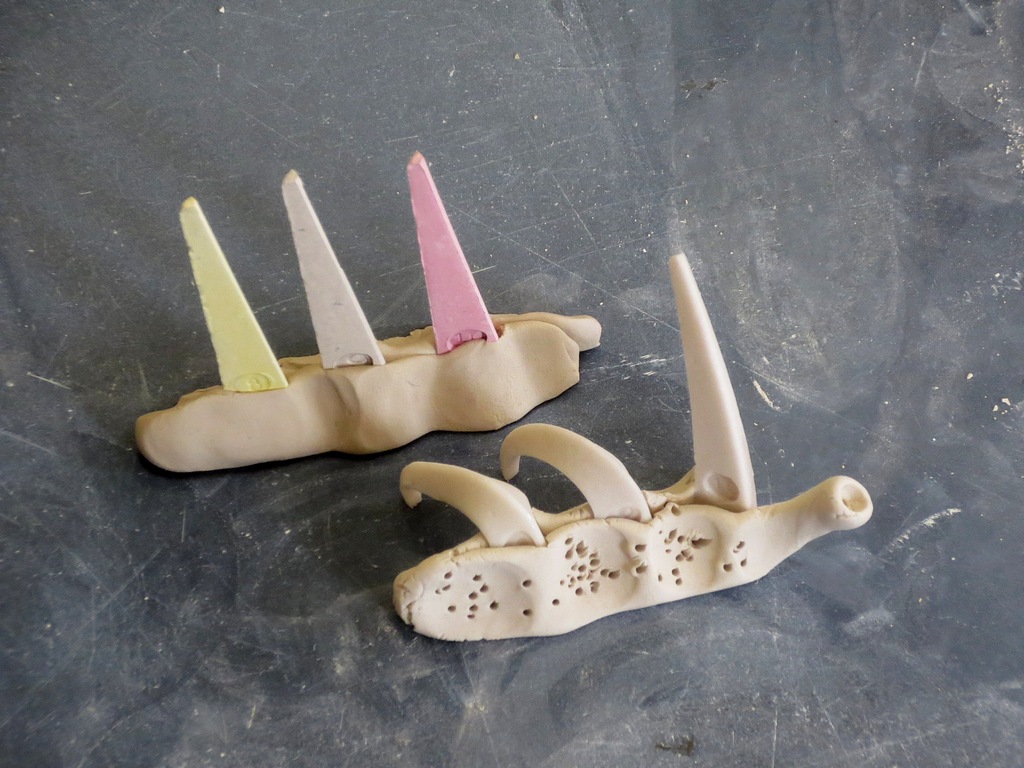
At the heart of this knowledge are pyrometric cones, such as those produced by Orton, which serve as crucial guides in the firing process…
These cones bend or melt at specific temperatures, indicating the precise heatwork that has been applied to the pottery pieces…
More insights into this process can be found in the University of Michigan’s study on kiln firing.
When using an electric kiln, like the popular Kilnmaster series, built-in thermocouples assist in measuring and controlling the temperature…
This process not only ensures your ceramics endure but also opens up a world of glaze possibilities that stand the test of time.
The Mid-Range Marvel of Cone 5
Firing at cone 5, which falls into the mid-range category, allows for a satisfying balance between energy efficiency and the creation of durable ceramics…
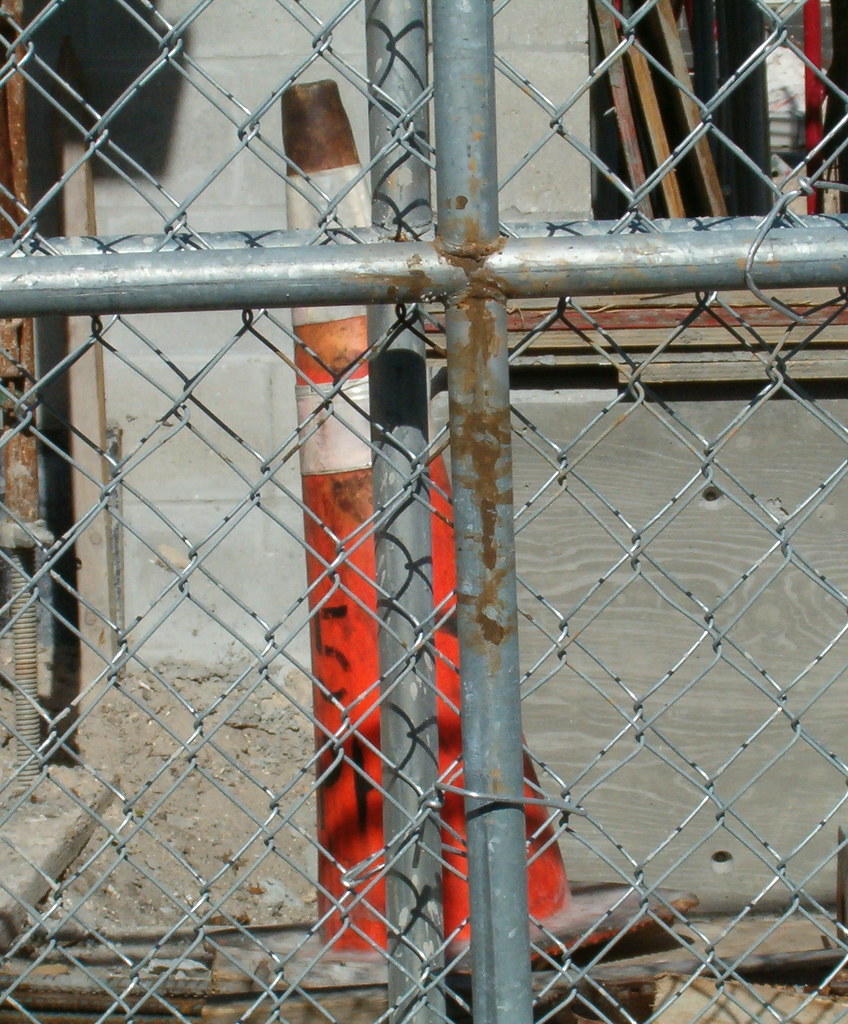
As a result, this firing range is often considered a sweet spot for many potters. Why is cone 5 so popular? Well, at temperatures ranging from approximately 2,118°F to 2,205°F…
Moreover, working within this mid-range frees potters from the higher energy consumption and strain on kiln elements associated with higher cones, like cone 10…
By maintaining control with tools like Orton’s self-supporting cones, pottery artisans can focus on the creative aspect, knowing their pieces will turn out both beautiful and functional.
Choosing the Right Tools and Materials
Navigating through the myriad of firing ranges requires careful consideration of both tools and materials. Here’s what you should keep in mind:
- Pyrometric Cones: Essential for tracking kiln temperatures, these come in different types, like small, bar, large, and self-supporting cones…
- Kiln Selection: For mid-range firing, electric kilns are most efficient, although specialty kilns like those used in Raku firing add unique effects and textures…
- Clay Bodies and Glazes: The composition of the clay body and glaze reacts differently at various temperatures…
Getting these elements right ensures potters achieve the optimal blend of aesthetic beauty and functional performance in their works.
Engage with Your Pottery Craft
Whether you’re a seasoned potter or just stepping into your ceramics journey, understanding and applying the correct firing temperatures is foundational to your success…
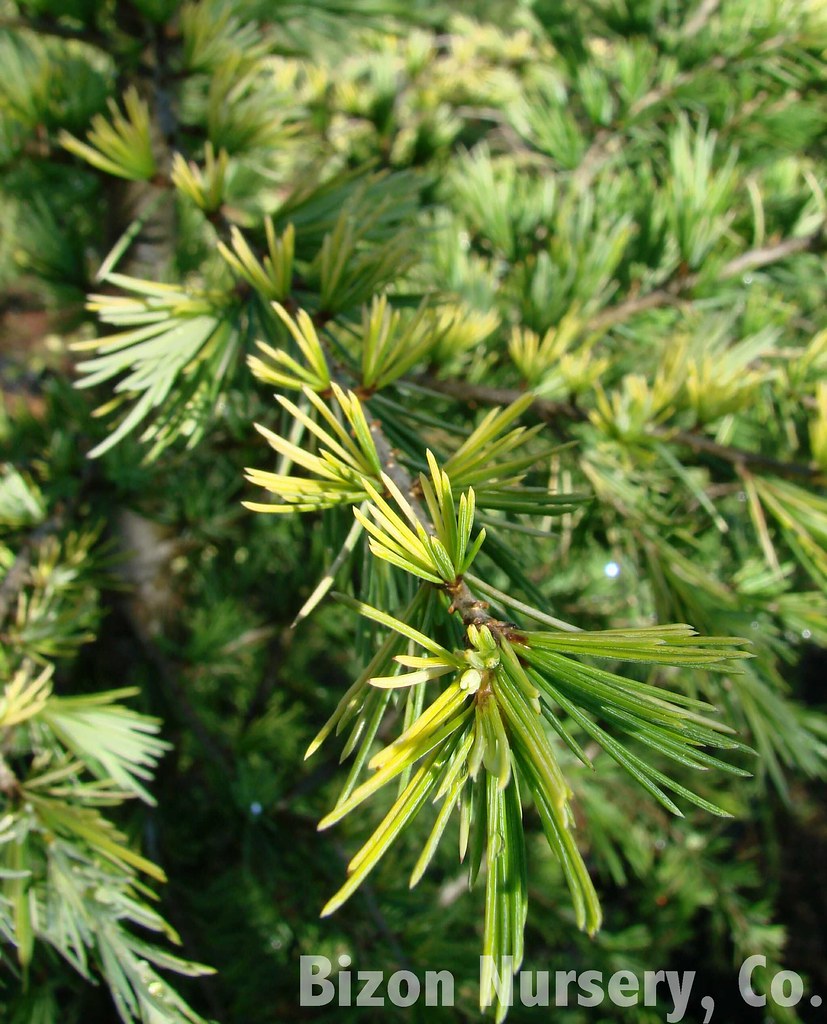
Experimenting with different glazes and clay bodies within the cone 5 range can lead to exciting results…
What’s your favorite glaze to use when firing at cone 5? Share your experiences and let’s discuss how we can continue exploring the endless possibilities of pottery!
Discover more about recent innovations and techniques in the pottery world by visiting our recent articles section.
Chinese Glazes Origins Chemistry Recreation
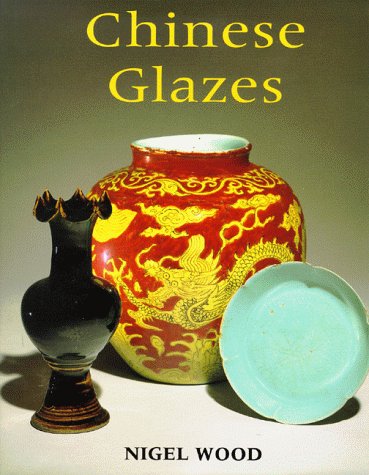
Chinese Glazes: Their Origins, Chemistry, and Recreation is an insightful book that delves into the rich history and complex chemistry of traditional Chinese glazes. Perfect for pottery enthusiasts and ceramic artists, this comprehensive guide explores the origins and development of Chinese glazes, offering practical recipes and techniques for recreating these beautiful finishes. Whether you’re a seasoned artist or a curious beginner, this book provides a deeper understanding of the ancient practices and innovative processes behind these stunning glazes.
Recommended Video on Important Kiln Temperatures
When working with pottery, understanding the nuances of kiln firing temperatures is essential, especially as they pertain to cone 5 temperature in Fahrenheit, which generally lies between 2,118°F and 2,205°F depending on the kiln’s heating rate. To further enhance your knowledge, watch the video “FIRING A KILN FOR BEGINNERS – IMPORTANT TEMPERATURES // AMACO Classroom Kiln Basics” by AMACO Brent.
What Temperature Does Cone 5 Reach in Fahrenheit?
If you’ve been wondering what “cone” means, it refers to a small pyrometric device that helps determine the heat work your pieces receive. In other words, cones let you know the precise temperature range your clay and glazes need for proper maturation. For Cone 5, the final firing temperature typically falls between about 2118°F (at a rate of 27°F per hour) and 2167°F (at 108°F per hour). Here’s a handy reference chart for a few common cone levels:
• Cone 7 → 2194°F (27°F/hr) | 2262°F (108°F/hr)
• Cone 6 → 2165°F (27°F/hr) | 2232°F (108°F/hr)
• Cone 5 → 2118°F (27°F/hr) | 2167°F (108°F/hr)
• Cone 4 → 2086°F (27°F/hr) | 2142°F (108°F/hr)
How Long Does It Take to Fire to Cone 05?
Although Cone 05 fires at a lower temperature than Cone 5, the overall process still depends on ramp rates and holds. Below is an example of a slow bisque firing profile (often used around 2165°F for Cone 5) to give you a sense of timing and temperature increases—you can adapt it for Cone 05 by adjusting the top temperature accordingly:
• Segment 3 → 80°F per hour for 2.25 hours
• Segment 4 → 200°F per hour for 3.75 hours
• Segment 5 → 100°F per hour for 1 hour
What Cone Is 1350 Degrees?
Consulting Orton’s temperature equivalents reveals that 1350°F aligns with Cone 018. Lower cone numbers like this are commonly used for low-fire techniques, decorative glazes, or specific earthenware clays. For quick reference:
• Cone 019 → 1213–1279°F
• Cone 018 → 1267–1350°F
• Cone 017 → 1301–1402°F
• Cone 016 → 1368–1461°F
Understanding cone 5 temperatures is a pivotal step in mastering pottery, ensuring your creations reach their full potential without any mishaps during firing. By carefully monitoring your kiln's heating rate and maintaining the right temperature range, you can achieve the desired strength and finish for your pieces. Remember, each kiln behaves uniquely, so it might take a few adjustments to find the perfect balance for your specific equipment and clay body.
Stay Connected
I’d love to continue this journey with you and share more tips, tricks, and inspiration for your pottery adventures. Make sure to follow us on Instagram for the latest updates, behind-the-scenes looks, and a vibrant community of fellow potters. Let’s keep creating and supporting each other’s artistic endeavors!
Leave a Reply
Venture into a world where clay and creativity converge at JJClayStudio.com – where every piece tells a story. Unearth your next treasure and become part of the narrative that turns everyday moments into artful experiences.
